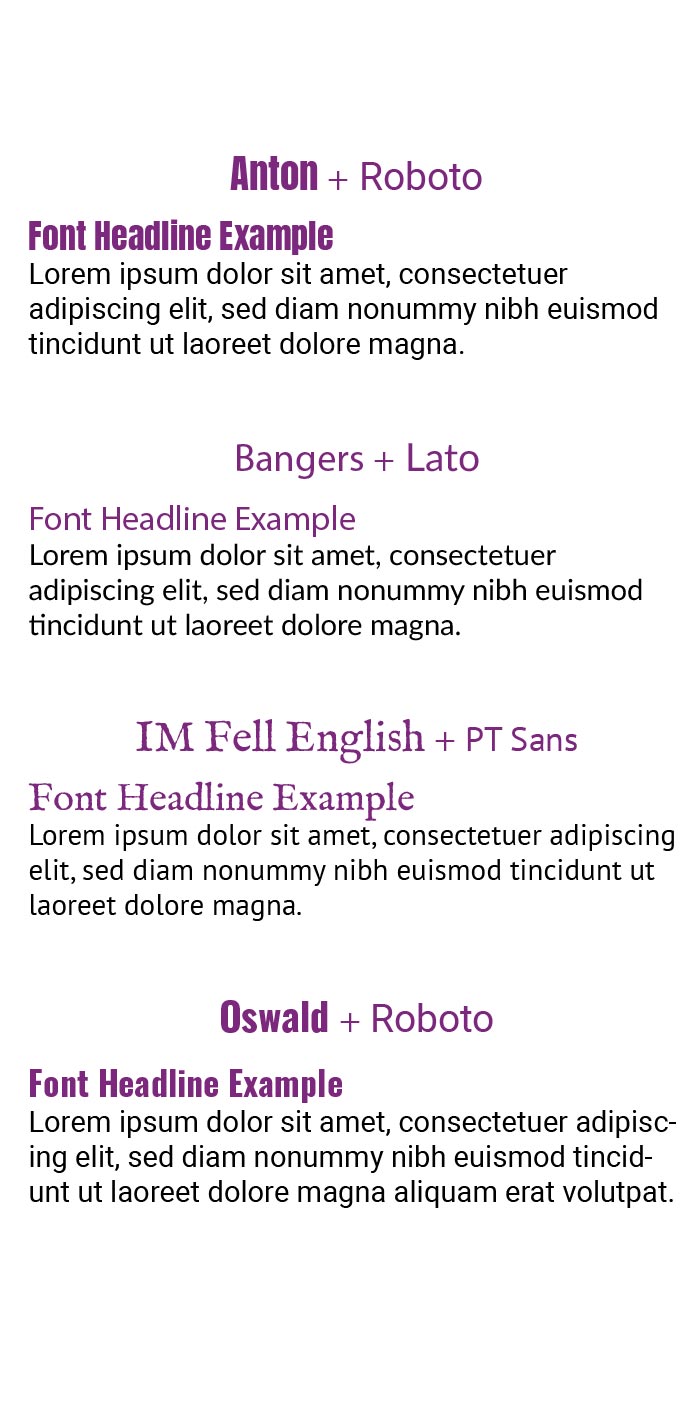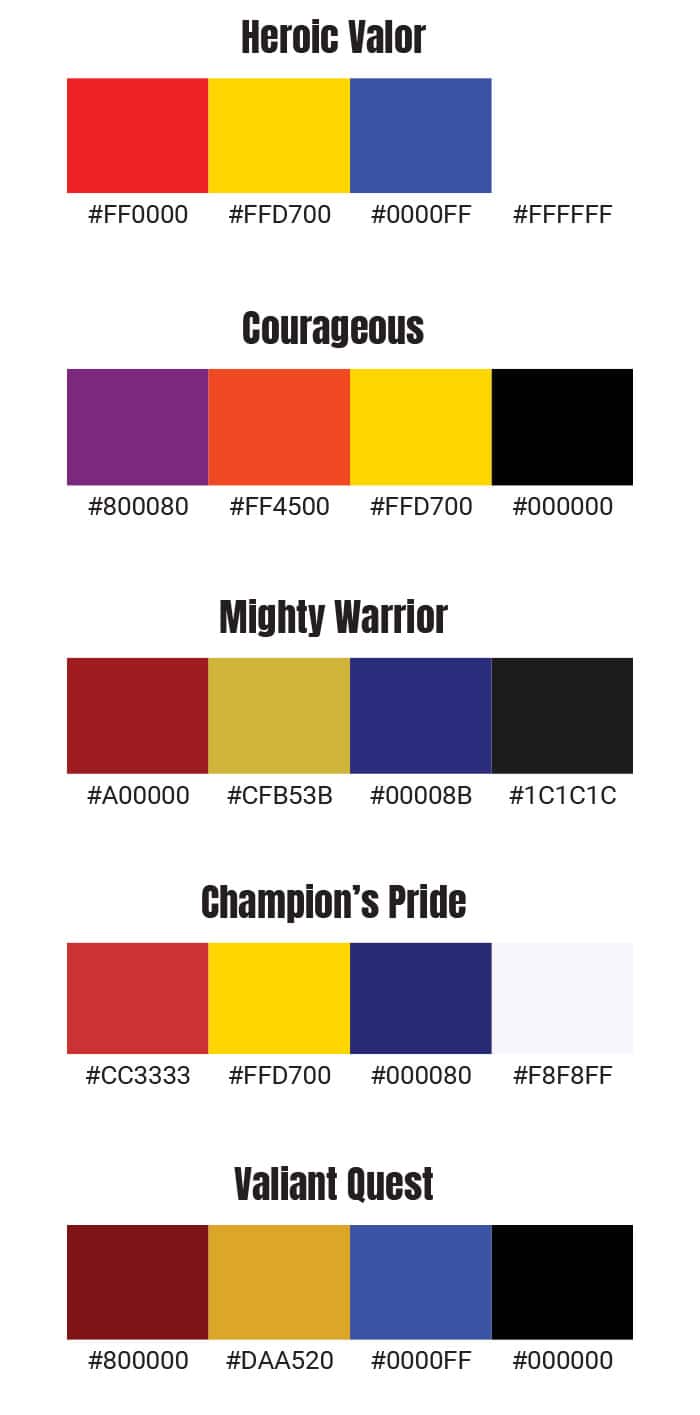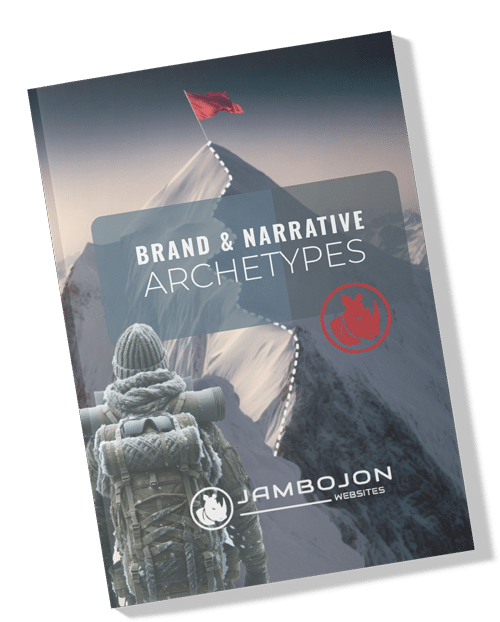About Archetypes
Brand archetypes are important in marketing and branding because they provide a framework for creating a distinct and compelling brand identity. They tap into universal patterns and symbols deeply rooted in human psychology, making them attractive to our character traits and sensibilities. Here’s why brand archetypes are significant and appealing:
The 12 Brand Archetypes
For each narrative, the website design can incorporate elements that reflect the brand's archetype and story.
- Visuals and Imagery: Use imagery that resonates with the archetype's qualities and the narrative's journey. For example, explorers might feature open landscapes, while heroes might use bold and powerful imagery.
- Tone and Language: The copy should reflect the voice of the archetype and the narrative's stages. A Jester might use playful and witty language, whereas a Sage would use insightful and thoughtful prose.
- User Journey: Design the website's user journey to mirror the narrative structure. For a Rags to Riches story, you could guide users from understanding the problem (rags) to discovering your solution (riches).
- Interactivity and Engagement: Use interactive elements to involve the user in the story. For instance, an Explorer brand could include interactive maps or exploration games.
- Testimonials and Case Studies: Share customer stories that align with your narrative and archetype. For a Caregiver brand, testimonials could focus on how the brand supported or nurtured the customer.
By thoughtfully integrating brand archetypes with storytelling formulas, websites can draw in the audience, keeping them on the edge of their seats.
The 12 Brand Archetypes
For each narrative, the website design can incorporate elements that reflect the brand's archetype and story.
- Visuals and Imagery: Use imagery that resonates with the archetype's qualities and the narrative's journey. For example, explorers might feature open landscapes, while heroes might use bold and powerful imagery.
- Tone and Language: The copy should reflect the voice of the archetype and the narrative's stages. A Jester might use playful and witty language, whereas a Sage would use insightful and thoughtful prose.
- User Journey: Design the website's user journey to mirror the narrative structure. For a Rags to Riches story, you could guide users from understanding the problem (rags) to discovering your solution (riches).
- Interactivity and Engagement: Use interactive elements to involve the user in the story. For instance, an Explorer brand could include interactive maps or exploration games.
- Testimonials and Case Studies: Share customer stories that align with your narrative and archetype. For a Caregiver brand, testimonials could focus on how the brand supported or nurtured the customer.
By thoughtfully integrating brand archetypes with storytelling formulas, websites can draw in the audience, keeping them on the edge of their seats.
What is the Hero Archetype?
Heroes inspire hope and serve as role models, embodying qualities like bravery, self-sacrifice, and moral integrity. Through their stories, they teach us valuable life lessons, instilling a sense of possibility and encouraging us to face challenges with resilience.
Hero Characteristics
The Hero archetype holds deep cultural and psychological significance, motivating individuals to take action, stand up for what is right, and contribute positively to society, making it a fundamental and inspiring aspect of human storytelling and aspirations.
Brands aligned with the Hero archetype usually emphasized empowering narratives, stories of triumph, perseverance, and personal growth. They motivate their audience to take action and face adversity with powerful determination. By portraying products or services as tools for self-empowerment, they build a strong emotional connection with their customers, since they see the brand as a partner in their journey towards a better life.
The “Hero” as the Guide
Inspires Courage and Determination:
Encourages clients to overcome challenges and strive for excellence, embodying the courage to take bold actions.
Cultivates Strength and Resilience:
Promoting an image of strength and the resilience needed to tackle obstacles, fostering a can-do attitude.
Fosters Mastery and Competence:
Encouraging clients to develop their skills to their fullest potential, aiming for mastery in their endeavors.
Builds Trust Through Reliability:
Gaining client trust by demonstrating reliability and a commitment to doing what is right.
Encourages Tenacity in Problem-Solving:
Motivating clients to persistently address and solve problems, no matter how difficult.
Enhances Empowerment and Leadership:
Empowering clients to take charge and lead, whether in personal scenarios or within their communities.
Promotes Ethical Action and Justice:
Supporting clients to act with integrity and fight for justice, aligning with the hero’s moral compass.
Font & Color Schemes for "The Hero"


Download Our Brand Archetype Guide

Understand each of the brand and narative archetypes In this free download. Learn the language, formulas, color schemes and adventure that can tell your story and create raving fans!
Ready to Start Your Journey?














